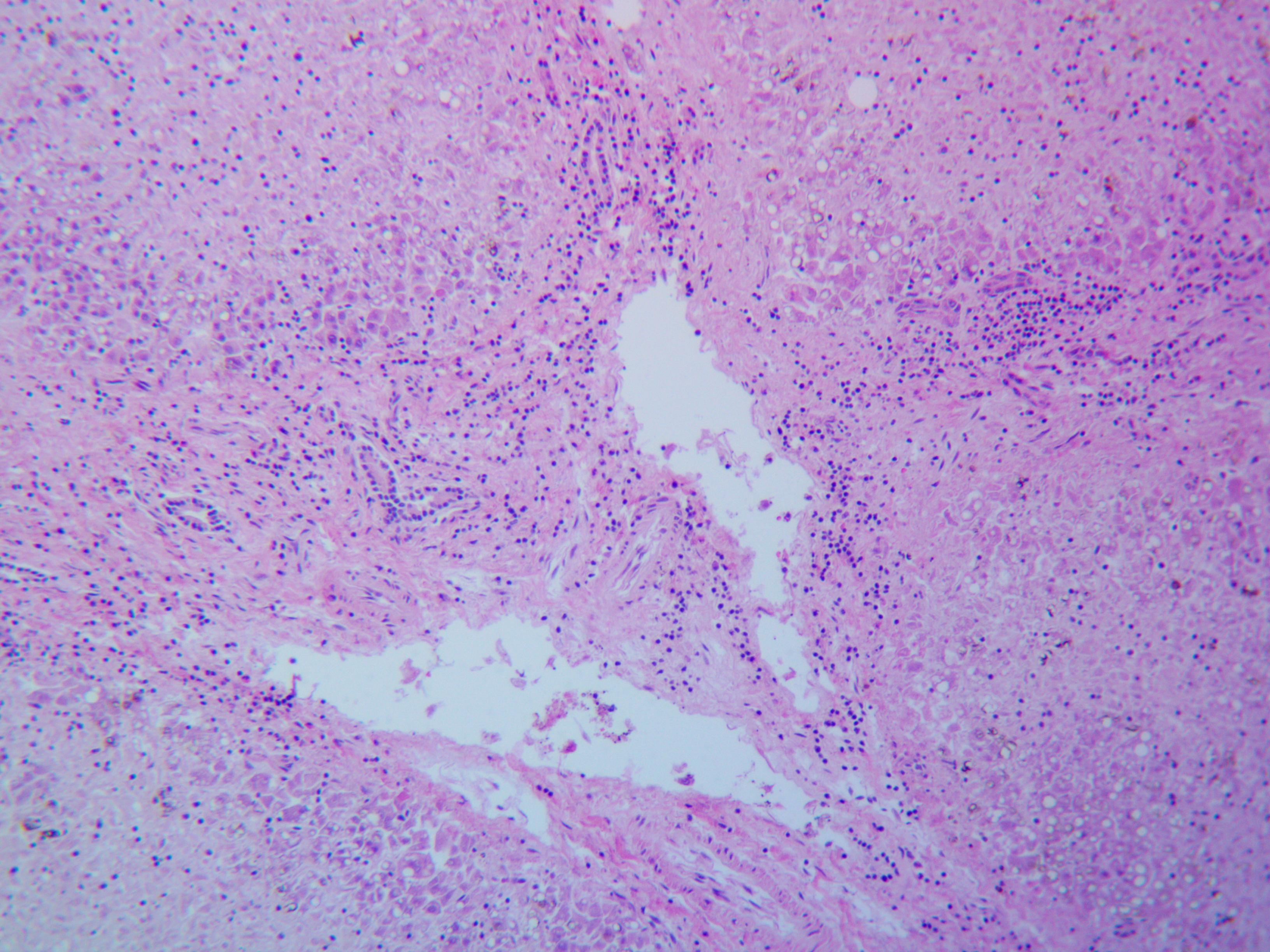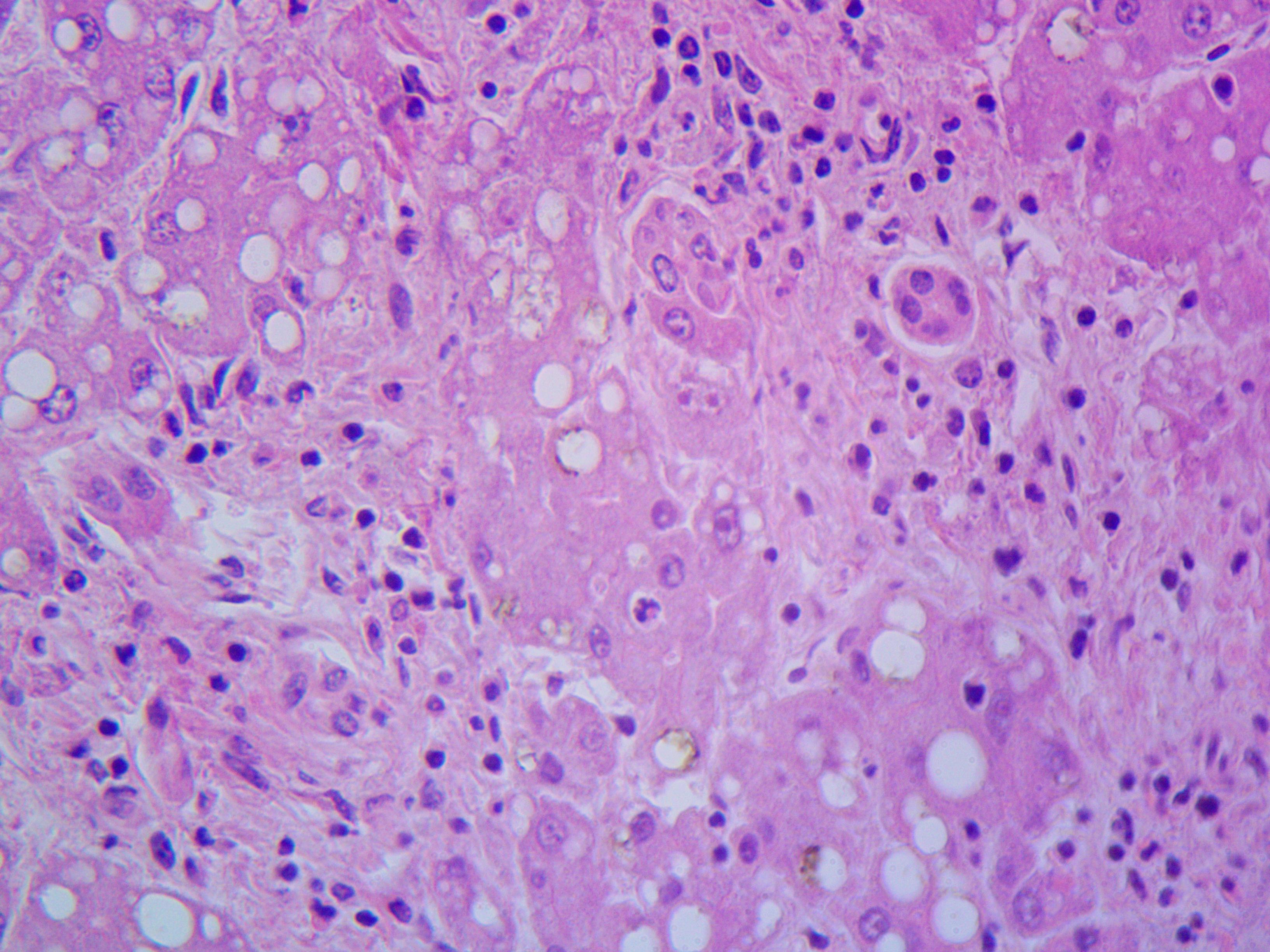Tuesday Poster Session
Category: Liver
P6141 - Beyond the Common: Methoxyflurane as a Cause of Acute Liver Failure
Tuesday, October 28, 2025
10:30 AM - 4:00 PM PDT
Location: Exhibit Hall

Bader Aldahash (he/him/his)
King Faisal Specialist Hospital and Research Centre
Riyadh, Ar Riyad, Saudi Arabia
Presenting Author(s)
Bader Aldahash, , Abdullah Alfhaid, , Alanoud Alshareef,
King Faisal Specialist Hospital and Research Centre, Riyadh, Ar Riyad, Saudi Arabia
Introduction: Methoxyflurane, developed in 1959 from methyl alcohol and fluoroethylens, is a halogenated volatile analgesic used to manage acute pain. It reduces oligoanalgesia by overcoming barriers of other analgesics like nitrous oxide, ketamine, or opioids. Suitable for conscious adults, it effectively relieves moderate to severe traumatic pain. However, at higher doses, it poses significant risks, including toxicity from repeated exposure through multiple pathways. Over the past decades, hepatitis cases linked to methoxyflurane at analgesic doses have been reported.
Case Description/
Methods: A healthy 31-year-old man with a history of sleeve gastrectomy (2010) presented with jaundice and bilirubin >200 µmol/L. He had nine episodes of vomiting and inability to tolerate oral intake, starting four days after inhaling a single ampule of methoxyflurane, after using four ampules the day before. He developed fever treated with Augmentin. Over two days, mental status worsened, leading to ICU transfer. On admission, he showed worsening jaundice, tachycardia, tachypnea, and altered mental state. Labs revealed PT 71.2 s, INR 5.3, bilirubin (total 212 µmol/L), Creatinine 158 µmol/L, ALT 3182 U/L, AST 2807 U/L, and CRP 90.4 mg/L. Brain CT was normal; abdominal CT showed acute hepatitis. Diagnosed with methoxyflurane-induced liver failure and stage 3 kidney injury, he was listed for urgent transplant. On day 3, he underwent living donor liver transplantation. Histology showed extensive necrosis, hemorrhage, and capsule rupture. After six weeks in ICU, labs normalized. Post-discharge, he was counsel about the hepatotoxic potential of methoxyflurane.
Discussion: Methoxyflurane once offered advantages like stability and prolonged analgesia, with around 10 million treated patients by 1970. It is a rapid, non-narcotic agent impacting neuronal transmission and GABA signaling. Compared to other halogenated anesthetics like halothane and enflurane, it can cause variable liver injury. Its metabolism produces reactive intermediates that modify proteins, creating neoantigens that provoke immune responses. Repeated or prolonged doses increase liver injury risk. Rare cases of severe hepatotoxicity include a 2010 report after sevoflurane use. While treatment is limited, liver transplantation is effective if performed early. This case underscores the importance of prompt recognition. Co-administration of Augmentin might have contributed, highlighting the need for clear medication guidance and strategies to reduce harm.

Figure: Portal inflammation

Figure: Macrovesicular steatosis
Disclosures:
Bader Aldahash indicated no relevant financial relationships.
Abdullah Alfhaid indicated no relevant financial relationships.
Alanoud Alshareef indicated no relevant financial relationships.
Bader Aldahash, , Abdullah Alfhaid, , Alanoud Alshareef, . P6141 - Beyond the Common: Methoxyflurane as a Cause of Acute Liver Failure, ACG 2025 Annual Scientific Meeting Abstracts. Phoenix, AZ: American College of Gastroenterology.
King Faisal Specialist Hospital and Research Centre, Riyadh, Ar Riyad, Saudi Arabia
Introduction: Methoxyflurane, developed in 1959 from methyl alcohol and fluoroethylens, is a halogenated volatile analgesic used to manage acute pain. It reduces oligoanalgesia by overcoming barriers of other analgesics like nitrous oxide, ketamine, or opioids. Suitable for conscious adults, it effectively relieves moderate to severe traumatic pain. However, at higher doses, it poses significant risks, including toxicity from repeated exposure through multiple pathways. Over the past decades, hepatitis cases linked to methoxyflurane at analgesic doses have been reported.
Case Description/
Methods: A healthy 31-year-old man with a history of sleeve gastrectomy (2010) presented with jaundice and bilirubin >200 µmol/L. He had nine episodes of vomiting and inability to tolerate oral intake, starting four days after inhaling a single ampule of methoxyflurane, after using four ampules the day before. He developed fever treated with Augmentin. Over two days, mental status worsened, leading to ICU transfer. On admission, he showed worsening jaundice, tachycardia, tachypnea, and altered mental state. Labs revealed PT 71.2 s, INR 5.3, bilirubin (total 212 µmol/L), Creatinine 158 µmol/L, ALT 3182 U/L, AST 2807 U/L, and CRP 90.4 mg/L. Brain CT was normal; abdominal CT showed acute hepatitis. Diagnosed with methoxyflurane-induced liver failure and stage 3 kidney injury, he was listed for urgent transplant. On day 3, he underwent living donor liver transplantation. Histology showed extensive necrosis, hemorrhage, and capsule rupture. After six weeks in ICU, labs normalized. Post-discharge, he was counsel about the hepatotoxic potential of methoxyflurane.
Discussion: Methoxyflurane once offered advantages like stability and prolonged analgesia, with around 10 million treated patients by 1970. It is a rapid, non-narcotic agent impacting neuronal transmission and GABA signaling. Compared to other halogenated anesthetics like halothane and enflurane, it can cause variable liver injury. Its metabolism produces reactive intermediates that modify proteins, creating neoantigens that provoke immune responses. Repeated or prolonged doses increase liver injury risk. Rare cases of severe hepatotoxicity include a 2010 report after sevoflurane use. While treatment is limited, liver transplantation is effective if performed early. This case underscores the importance of prompt recognition. Co-administration of Augmentin might have contributed, highlighting the need for clear medication guidance and strategies to reduce harm.

Figure: Portal inflammation

Figure: Macrovesicular steatosis
Disclosures:
Bader Aldahash indicated no relevant financial relationships.
Abdullah Alfhaid indicated no relevant financial relationships.
Alanoud Alshareef indicated no relevant financial relationships.
Bader Aldahash, , Abdullah Alfhaid, , Alanoud Alshareef, . P6141 - Beyond the Common: Methoxyflurane as a Cause of Acute Liver Failure, ACG 2025 Annual Scientific Meeting Abstracts. Phoenix, AZ: American College of Gastroenterology.

